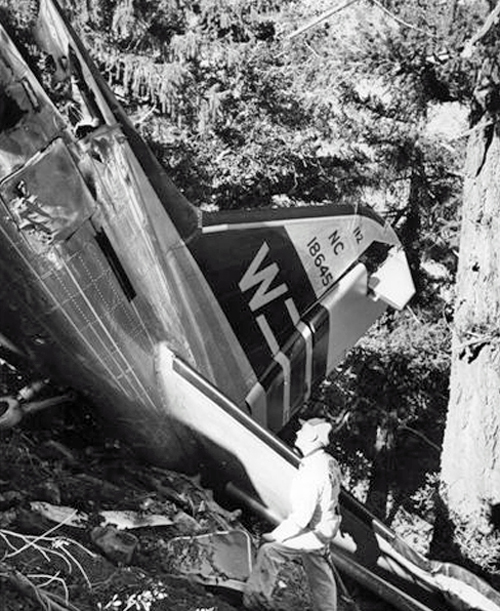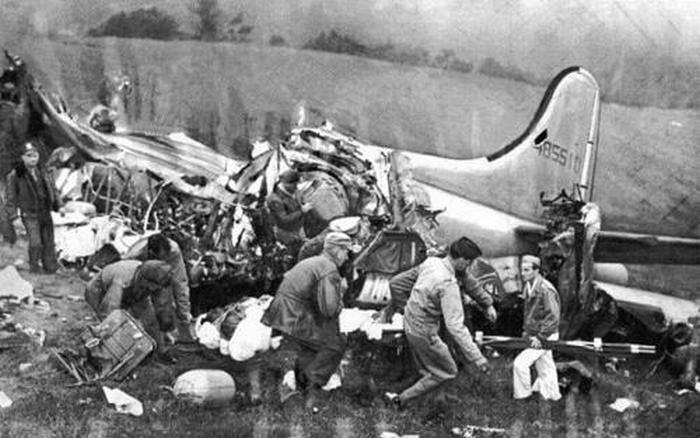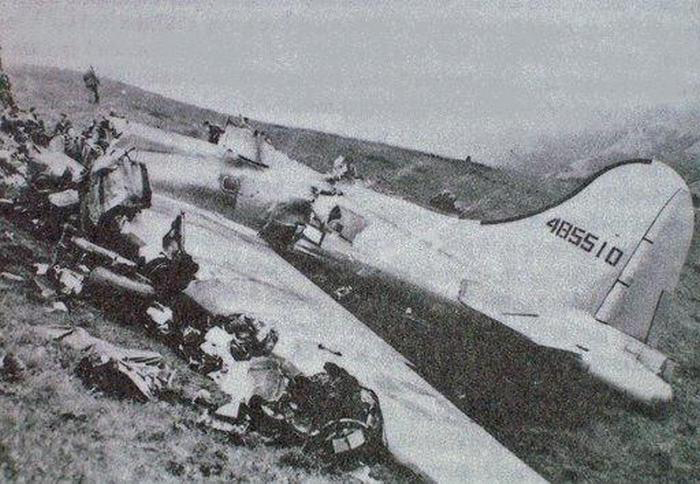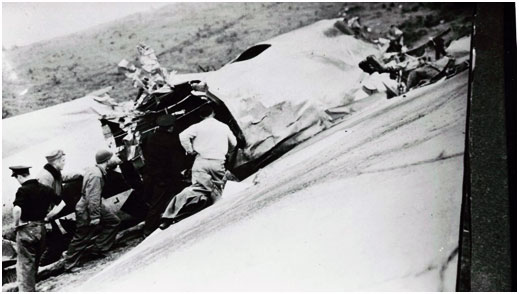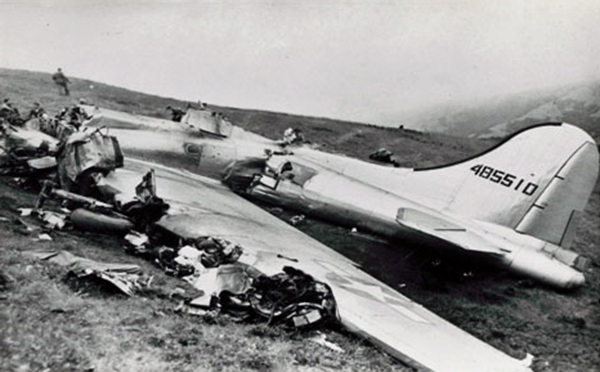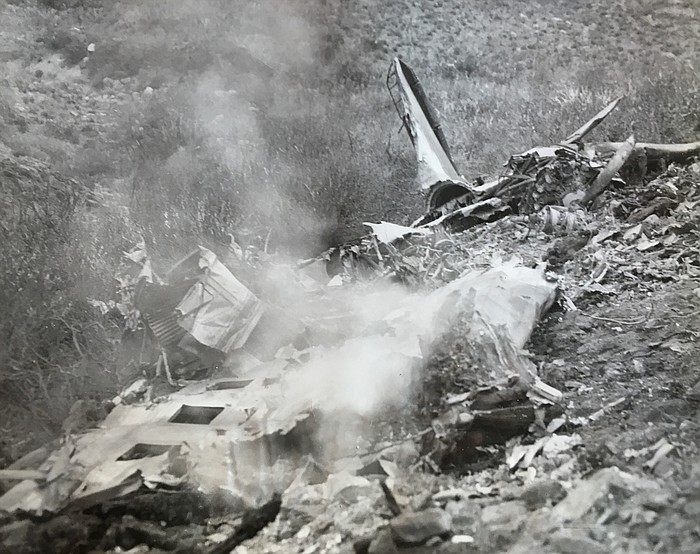Crash of a Douglas DC-4 in Los Angeles
Date & Time:
Dec 24, 1946
Registration:
N30050
Survivors:
Yes
MSN:
10450
YOM:
1944
Crew on board:
4
Crew fatalities:
Pax on board:
41
Pax fatalities:
Other fatalities:
Total fatalities:
0
Circumstances:
The four engine aircraft landed on a wet runway. After touchdown, it was unable to stop within the remaining distance, overran and came to rest 200 feet further on. All 45 occupants were uninjured and quickly disembarked while the aircraft was considered as damaged beyond repair due to severe damages to the fuselage.
Probable cause:
It was determined that the crew continued the approach well above the glide. At the time the aircraft passed over the runway threshold, its speed was 115 knots and his altitude was 75 feet. Due to a wrong approach configuration, the aircraft was too high and too fast, and then landed too far down the runway, well after the touchdown zone. In such a situation, the aircraft was unable to stop within the remaining distance available, especially on a wet runway. Considering that all safety conditions were not combined, the pilot should have taken the decision to initiate a go around.



